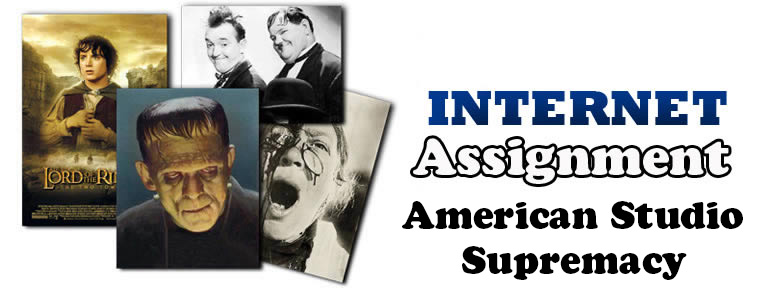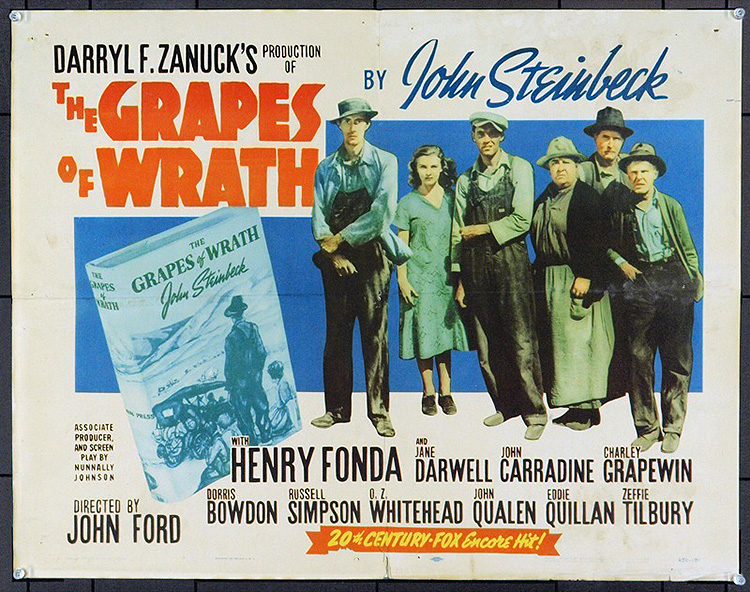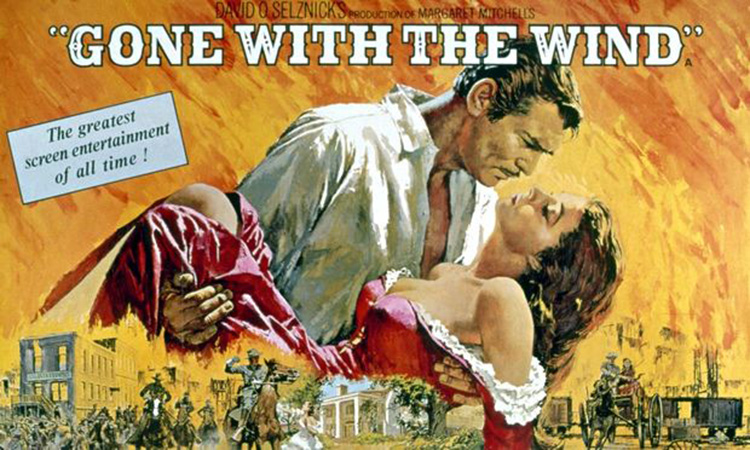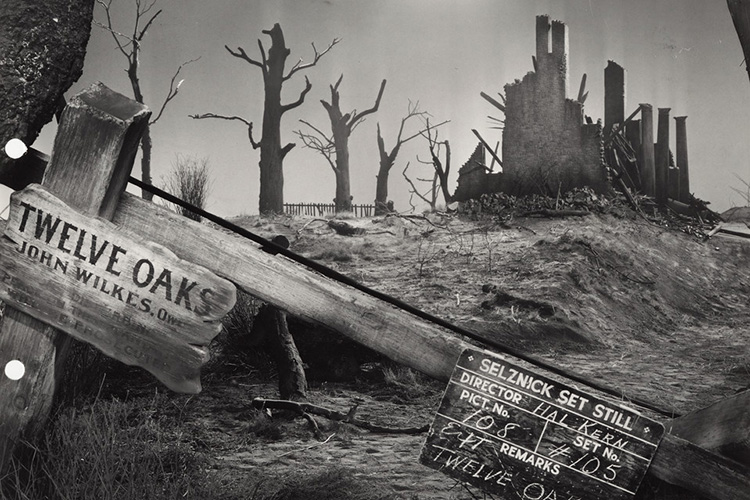
The decade of the 1930s proved to be, for many, the first decade of the Golden Age of Hollywood. Sound films had become the norm, and as the country was emerging from the Great Depression, the studios began to offer the American public bigger and more lavish entertainment. Color, in the form of a process called "Three-strip Technicolor" became a luxury that could only be afforded by the richest studios, although just about every studio came up with Technicolor movies during this decade. One of Hollywood's biggest studios was 20th Century Fox, originally founded by Willam Fox, and during the Golden Age of Hollywood run by Darryl F. Zanuck. The 1930s also saw the rise of the first independent studios. Unquestionably, the best and most successful of these was Selznick International, run by David O. Selznick, which boasted a track record of hits that included King Kong (1933), The Garden of Allah (1936), and The Prisoner of Zenda (1937). The culmination of this decade: the year 1939, is considered by many to be the greatest in the history of Hollywood. Arguably, more great films came out during this year than any other year before or since. We will study two films from this period: The Grapes of Wrath, made by 20th Century Fox, and Gone With the Wind, an independent production from Selznick International. |
 |
Watch and study THE GRAPES OF WRATH (1940 - 129m.) directed by John Ford. There will be a quiz on this film on January 8, 2018. |
 |
Watch and study GONE WITH THE WIND (1939 - 221m.) directed by Victor Fleming. There will be an exam on this film on January 12, 2018. Go to this site: PRODUCING GONE WITH THE WIND at the Harry Ransom Center at the University of Texas at Austin. Click on Explore now, and read the following pages: The Purchase, Casting, Women Tested for the Role of Scarlett, and Vivien Leigh. |
 |
| In class we will watch the documentary THE MAKING OF GONE WITH THE WIND (1988) directed by David Hinton, and narrated by Christopher Plummer. |